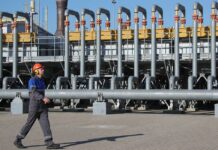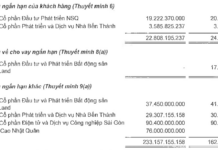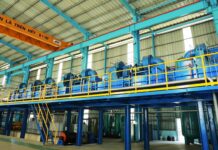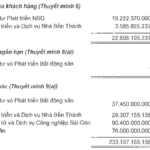At the International Aviation Conference held in Hanoi this week, Vietnam Airlines CEO Le Hong Ha emphasized that effective fleet management is crucial to optimize operations and meet passenger needs. Leaders will need to assess options for expanding or modernizing the fleet, considering factors such as aircraft performance, fuel efficiency, and sustainable development.
Further discussing this matter with the press, Le Hong Ha highlighted the biggest challenge for airlines at the moment is the disruption in the supply chain and the shortage of human resources. This issue has arisen from the COVID-19 pandemic and is currently causing shortages of materials, components, and maintenance facilities, as well as aircraft equipment such as airplane engines. This has resulted in a shift in management of airlines’ fleets.
In the short term, Vietnam Airlines is implementing solutions to stabilize and operate their current fleet more efficiently and increase productivity to compensate for the lack of resources due to the mandatory maintenance of their aircraft.
Recently, Vietnam Airlines has been affected by the NEO engine. Around the world, over 3,500 NEO engines were affected and had to undergo inspections, including 24 engines from Vietnam Airlines, corresponding to 12 aircraft that needed to be inspected and maintained.
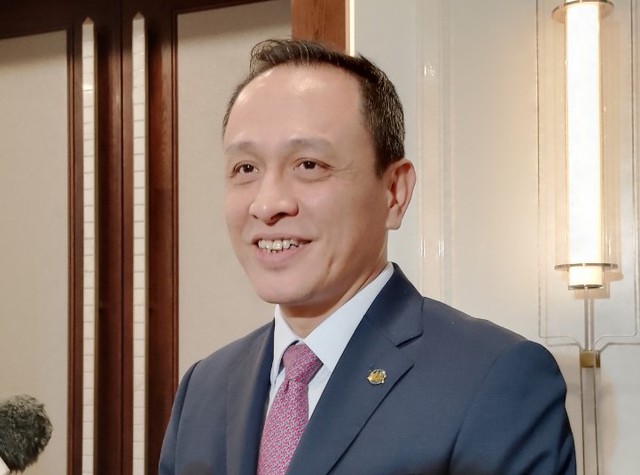
Vietnam Airlines CEO Le Hong Ha
“This has affected Vietnam Airlines’ narrow-body fleet, with 12 out of our 60 A321 aircraft being temporarily grounded for inspection. Many other aircraft components also require maintenance, including the engines of our A350 aircraft,” Ha said.
According to CEO Ha, due to the disruption in the supply chain, the average time for engine maintenance has increased from 100-120 days to 250-300 days.
The lack of aircraft due to inspections and maintenance poses a significant challenge for airlines. They need to manage to maintain the supply capacity and serve the market by increasing aircraft productivity, optimizing fleet efficiency, and increasing operational capacity to compensate for the lack caused by the necessary maintenance of aircraft.
In the long run, the aviation industry as a whole must enhance maintenance and repair management. They need to increase resources and adopt new technology. This is not only the responsibility of airlines but also aircraft manufacturers, engine manufacturers, and other aviation industry stakeholders. They need to collaborate, share information and technology to develop optimal repair and maintenance solutions for engines. Airlines can use this data to forecast and plan for maintenance periods and ensure the long-term operation of their aircraft.
Previously, on November 3, 2023, the American aircraft engine manufacturer Pratt & Whitney issued an urgent technical notification which will be effective from January 1, 2024, to timely detect abnormal engine faults in the production process of PW1100 engines on Airbus A321NEO aircraft. Pratt & Whitney plans to recall about 3,000 A320Neo aircraft engines of various airlines in 2024 to ensure the operational capability of this model.
According to Hồ Minh Tấn, Deputy Director of the Civil Aviation Authority of Vietnam, Vietnam has 42 Airbus A321 NEO aircraft that need to be temporarily grounded for engine inspections following Pratt & Whitney’s announcement.
Regarding the question of whether Vietnamese airlines have given other airlines the opportunity to have a monopoly in niche markets by withdrawing certain aircraft models and flights, Ha believes that each airline has its unique business model and development strategy for their aircraft fleet to serve their own market segments and passenger needs.
Budget airlines often choose a single aircraft model to simplify the entire operating, maintenance, and technical processes to provide the lowest possible costs and offer lower prices in the market. On the other hand, traditional airlines operating in multiple passenger segments like Vietnam Airlines must use suitable aircraft models for each segment and align with their operational strategy. For example, wide-body aircraft are used for long-haul flights, while narrow-body aircraft are used for short-haul flights.
“This depends on the strategy of each airline. Some airlines may adjust their models and strategies to better suit the changing business environment,” Ha evaluated.



